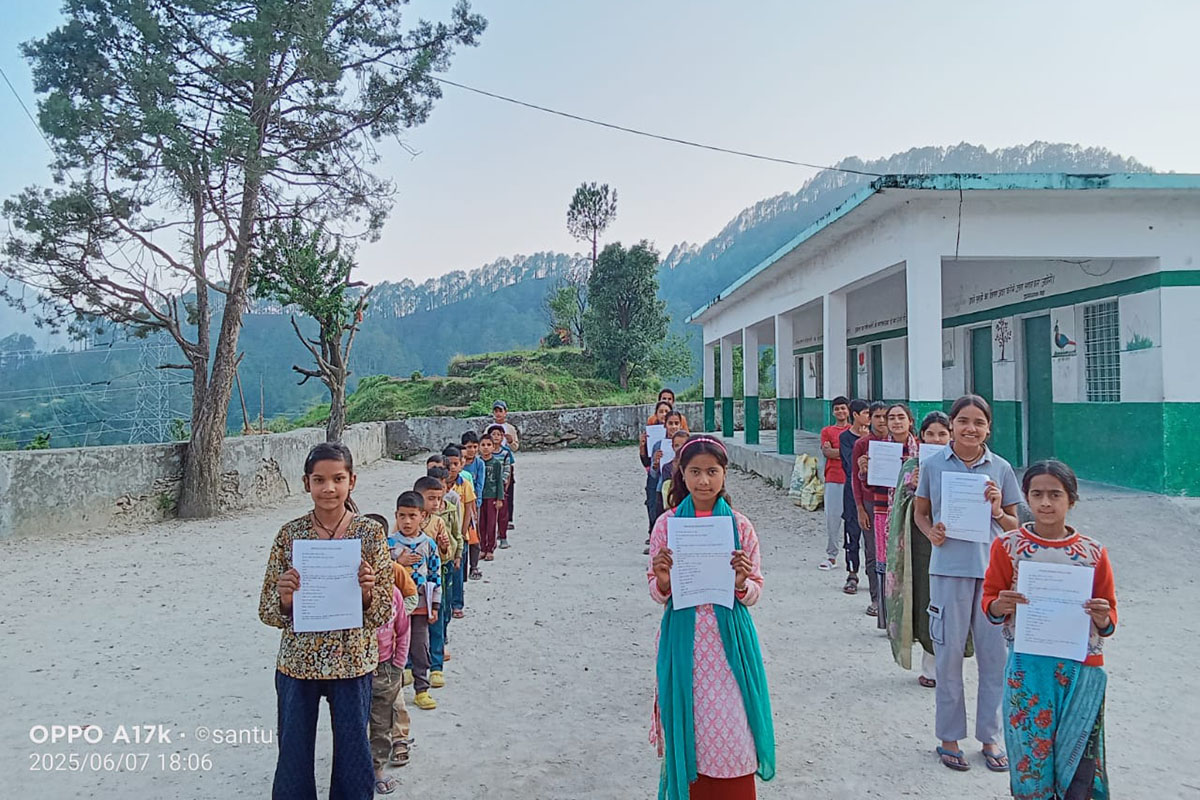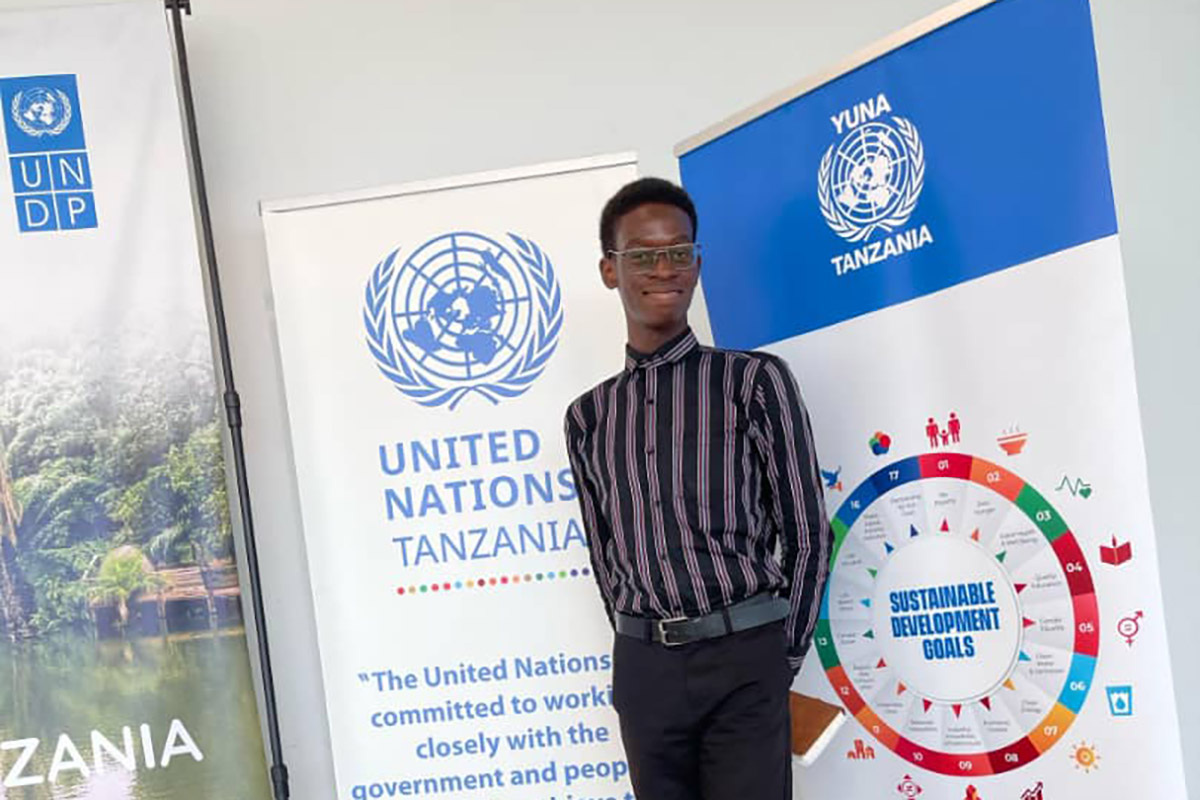COP30: We Cannot Afford to Ignore Biodiversity
June 14by Lucia Ene-Lesikar
When we talk about the climate crisis, carbon emissions and extreme weather dominate the conversation. But an essential part of the solution is often missed: biodiversity.
Every May 22nd, the International Day for Biological Diversity reminds us of the deep interconnection between nature and humanity. This date commemorates the adoption of the Convention on Biological Diversity (CBD) at the 1992 Rio Earth Summit—one of three landmark environmental agreements alongside the UN Framework Convention on Climate Change (UNFCCC) and the Convention to Combat Desertification (UNCCD).
Why Biodiversity Matters
Biodiversity is the variety of life on Earth—plants, animals, fungi, microbes—and the ecosystems they form. These natural systems regulate water, pollination, food production, and even climate. As Dr. Ane Alencar of the Amazon Environmental Research Institute notes, biodiversity underpins the ecosystem services that sustain life.
“It’s biodiversity that produces climate, and climate structures biodiversity,” says Brazilian researcher Simone Vieira, “You can’t separate one from the other.”
Yet, nature is in crisis. The Kunming-Montreal Global Biodiversity Framework, also known as The Biodiversity Plan, adopted in 2022, set 23 targets to halt and reverse biodiversity loss by 2030. We are halfway to that deadline and dangerously off-track—plagued by underfunding, low awareness, and slow political momentum.

The Commonwealth’s Role
Despite these challenges, the Commonwealth has emerged as a significant actor in biodiversity protection. Spanning nearly a quarter of the world’s land and 45% of coral reefs, it includes five megadiverse countries—Australia, India, Malaysia, Papua New Guinea, and South Africa.
The Commonwealth’s commitment began with the 1989 Langkawi Declaration. More recently, the 2018 Blue Charter and 2022 Living Lands Charter have deepened efforts to integrate biodiversity, land restoration, and climate resilience. The Living Lands Charter, aligned with the Global Biodiversity Framework, supports member states in creating national biodiversity strategies with technical guidance from the Commonwealth Secretariat.
This work is urgent: 49 Commonwealth countries have coastlines, and 37 oversee fragile marine ecosystems. Their stewardship carries a unique responsibility—and opportunity—for leadership in global biodiversity protection.
Biodiversity and Climate: Not Separate Agendas
At COP29, biodiversity remained in the shadows. But COP30 in Belém, Brazil—known as the ‘Nature COP’—offers a chance to shift this. Scientists, Indigenous leaders, and youth advocates are calling for biodiversity and climate to be treated as one interconnected agenda.
Initiatives like the joint IPCC (Intergovernmental Panel on Climate Change) and IPBES (Intergovernmental Science Policy Platform on Biodiversity and Ecosystem Services) workshop highlight how climate solutions depend on protecting nature. Yet, political hesitation—often around financing—slows progress on fully integrating the two issues within climate negotiations.
Why It Matters Now
As young leaders preparing for COP30, we must widen our lens. Climate justice demands ecological justice. Biodiversity is not a side concern—it is a foundation. From food systems to carbon sinks, protecting nature is central to securing our future.
The Commonwealth shows that collective action is possible, but commitments must be backed by funding, accountability, and inclusive governance.
Without biodiversity, there is no climate resilience—no humanity. As we approach 2030, our choices will shape the planet’s future. This Biodiversity Day, let us bring nature to the centre.




